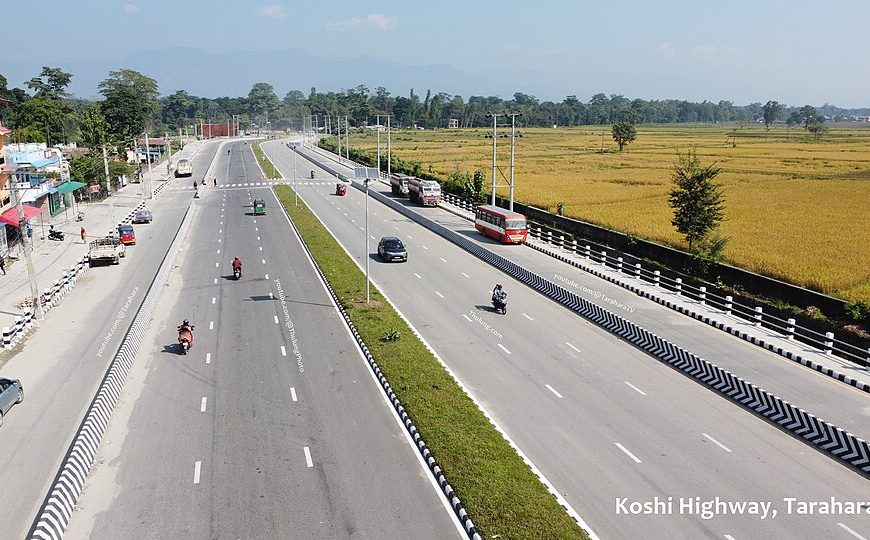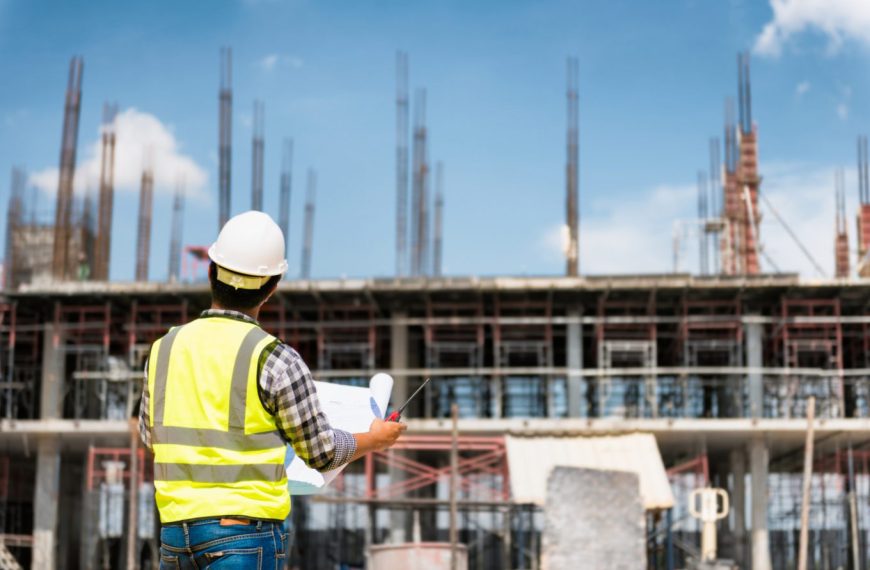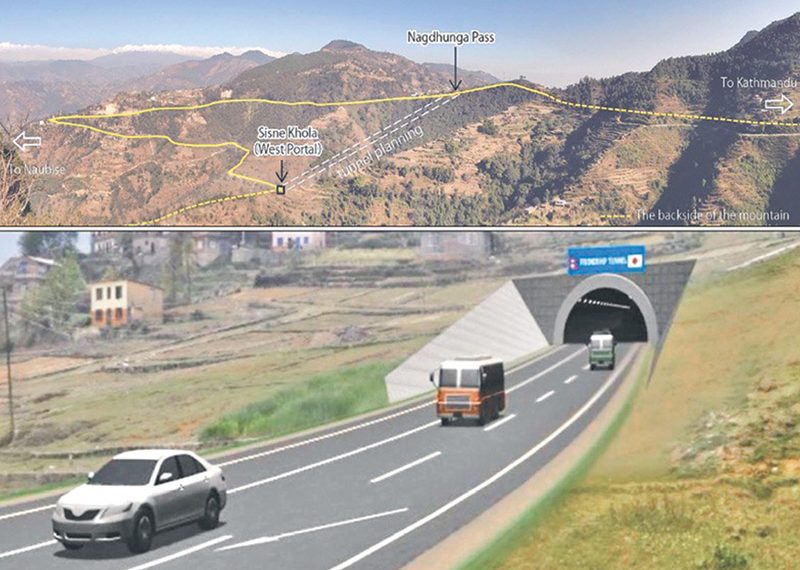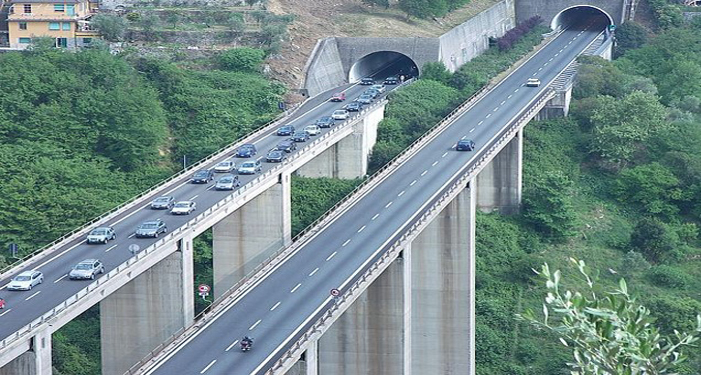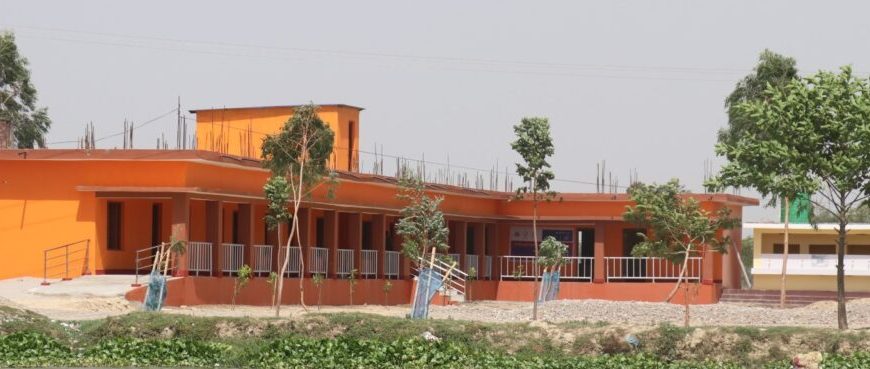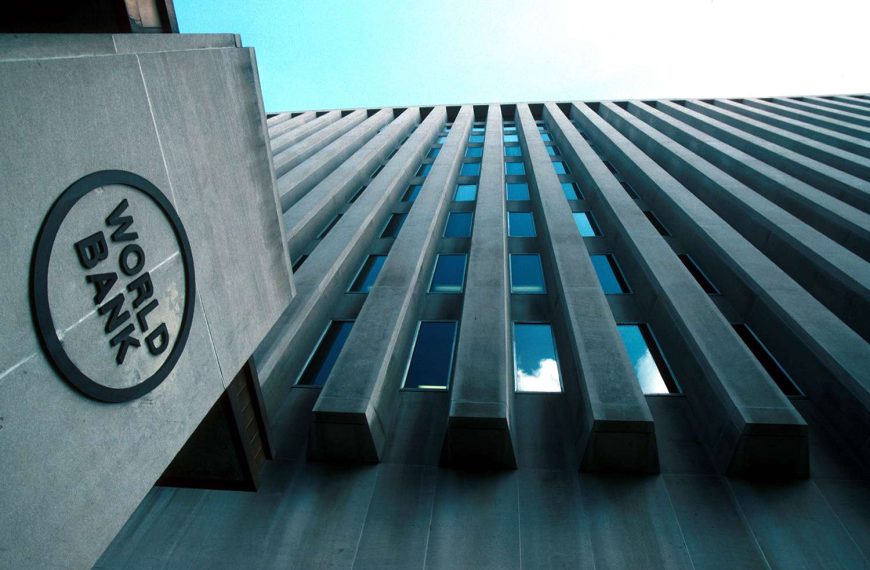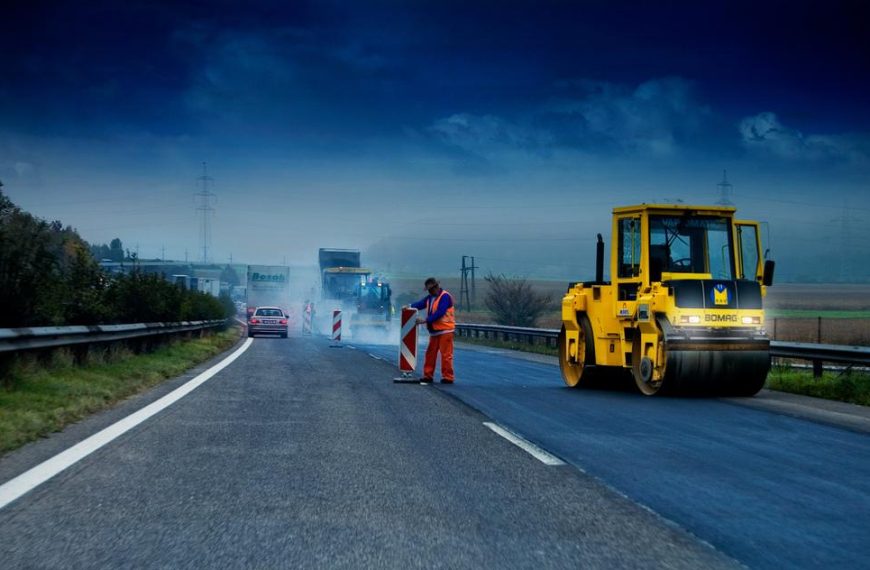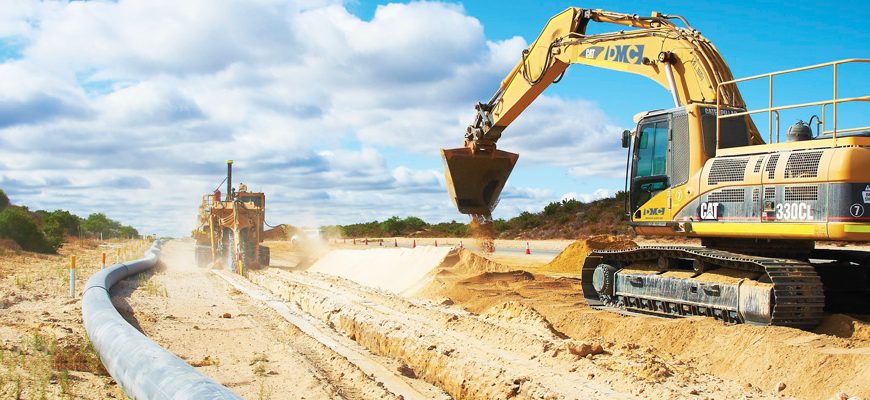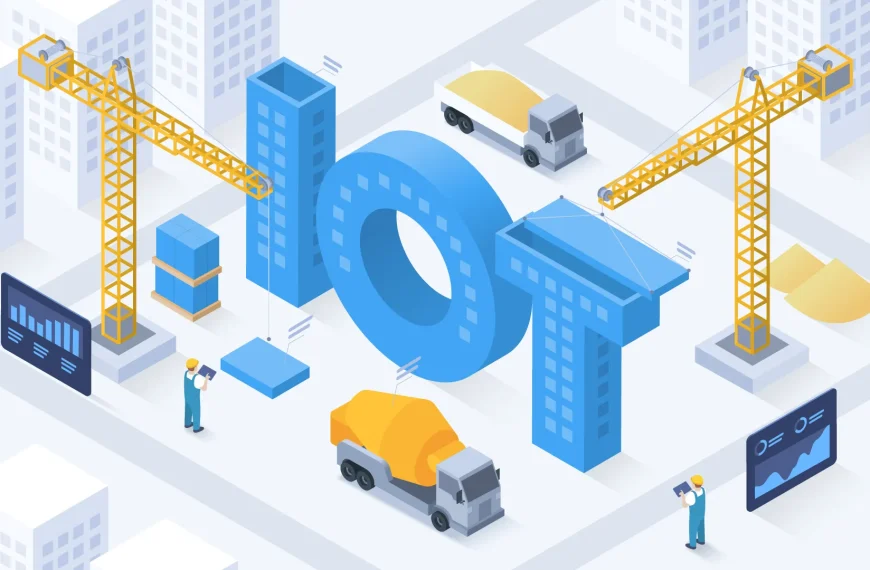Nepal’s construction industry is one of the country’s most dynamic sectors driven by government infrastructure programs, urban development, and private sector investment. April 2025 saw significant movement on several national construction projects, marking an important chapter in the country’s journey toward modernization and connectivity. Here’s a round-up of the biggest construction developments happening across Nepal.
1. Nagdhunga-Naubise Tunnel Project Hits 60% Completion
The much-anticipated Nagdhunga-Naubise Tunnel, Nepal’s first road tunnel project, is now over 60% complete. This strategic highway tunnel will drastically reduce travel time between Kathmandu and the western part of the country by bypassing the hilly and congested section of the Prithvi Highway.
- Length: 2.68 km (tunnel)
- Expected Completion: 2026
- Contractor: Hazama Ando Corporation (Japan)
- Estimated Cost: Over Rs 22 billion
Why it matters: Once complete, this project will reduce traffic congestion and fuel consumption, while improving logistics efficiency for goods transport.
2. Butwal–Gorusinghe–Chanauta Road Expansion Underway
As part of the South Asian Subregional Economic Cooperation (SASEC) corridor improvement, a 30.3 km four-lane highway is under construction connecting Butwal to Chanauta via Gorusinghe.
- Progress: 40% as of April 2025
- Funded by: Asian Development Bank (ADB)
- Contractor: China State Construction Engineering Corporation Ltd.
This road is crucial for Nepal’s trade and transport connectivity with India and supports broader regional integration.
3. Bridge Projects Across Koshi and Karnali Rivers
The government has prioritized multi-span bridge construction to enhance cross-river mobility in the eastern and mid-western regions of Nepal.
- Key locations:
- Chatara (Sunsari)
- Rajapur (Bardiya)
- Lamahi (Dang)
- Objective: Improve year-round access for goods, services, and emergency transport
Several of these bridges are being designed to withstand high monsoon flow and earthquake stress, following updated seismic standards.
4. Kathmandu Smart City Initiative Gaining Traction
Kathmandu Metropolitan City has launched the first phase of its Smart City Development Project, which includes:
- Underground utility corridor construction
- Smart street lighting installation
- Urban drainage and waste management systems
- Pedestrian-friendly roadways
Durbar Marg and New Road have been selected as pilot zones, with plans to expand the model to key areas like Thamel and Kalanki in the next phase.
Smart construction techniques, such as pre-fab drain covers, trenchless cable laying, and modular street furniture, are being used.
5. Reconstruction of Historic Monuments Continues
Post-earthquake heritage restoration continues in full force. In April, progress was reported on:
- Dharahara Tower: Newly built tower now open to visitors
- Kasthamandap: Structural restoration completed
- Sundhara Water Spout & Garden: Landscaping and outer paving in final stages
These projects, managed by the National Reconstruction Authority in collaboration with local artisans and international conservationists, aim to preserve Nepal’s historic identity while improving resilience.
6. School Construction Under Public-Private Partnerships (PPP)
The Ministry of Education, Science and Technology has rolled out new public-private projects to rebuild or upgrade secondary schools in rural areas. These buildings follow:
- Earthquake-resistant design
- Gender-sensitive sanitation facilities
- Solar and water-harvesting systems
Funding is being pooled from local governments, NGOs, and foreign aid (notably from Japan and the EU).
7. Demand for Construction Machinery Surging
With so many projects underway, the demand for construction equipment has seen a sharp rise in early 2025:
- Excavators, concrete mixers, tower cranes, and boom pumps are being widely imported
- Leasing firms report high equipment utilization, especially in Kathmandu, Chitwan, and Pokhara
This reflects increasing mechanization in both public infrastructure and private real estate development.
Conclusion
From modern highways and river bridges to smart city upgrades and historic site reconstructions, Nepal’s construction industry is buzzing with activity. The push for sustainable development, regional connectivity, and disaster-resilient design shows how Nepal is using construction not just for growth, but for transformation.
As the government, private developers, and international partners continue to collaborate, 2025 may go down as a landmark year for Nepal’s built environment.


